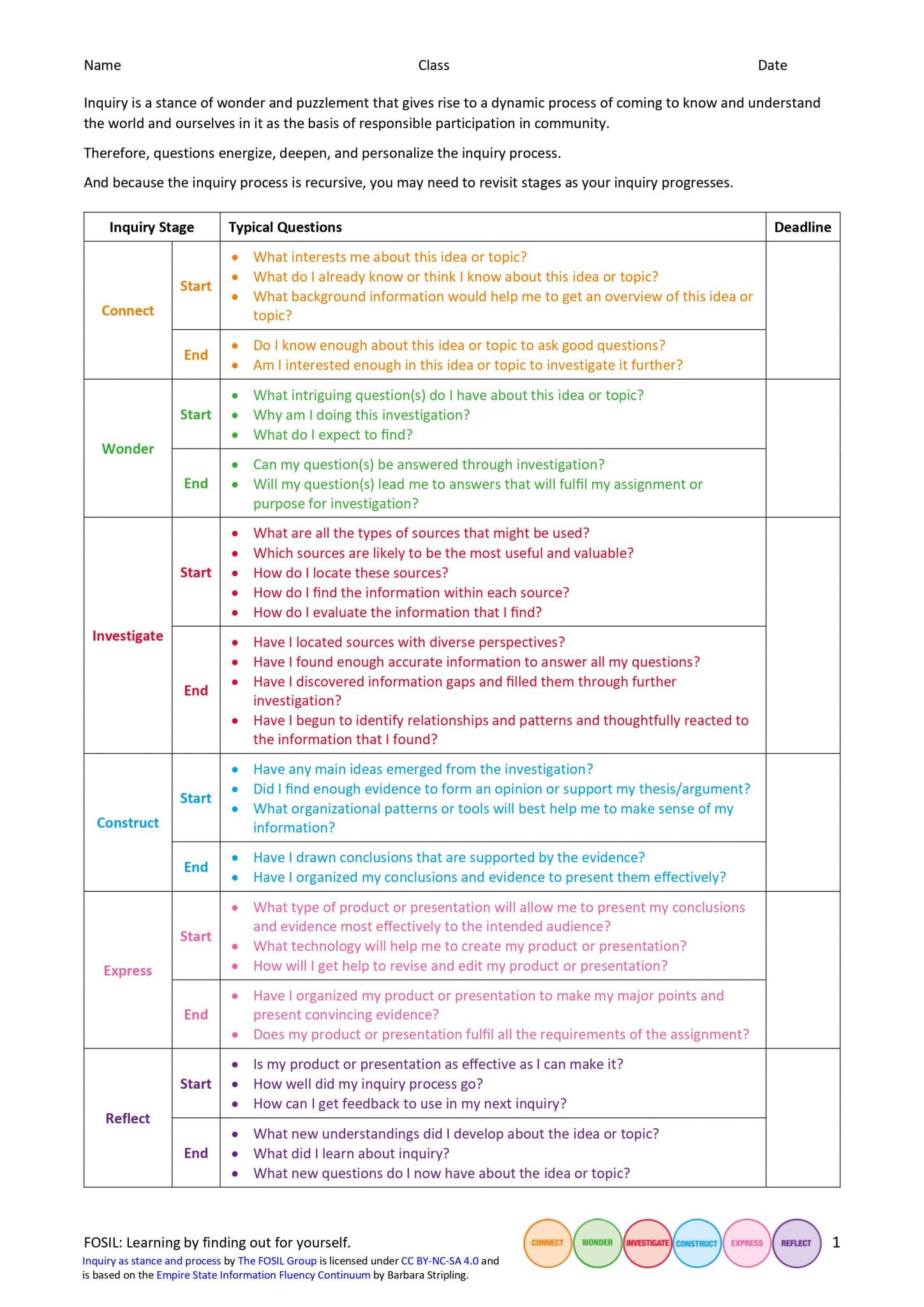Guided Inquiry Design and FOSIL
Home › Forums › The nature of inquiry and information literacy › Guided Inquiry Design and FOSIL
- This topic has 8 replies, 4 voices, and was last updated 2 years, 9 months ago by
 Darryl Toerien.
Darryl Toerien.
-
AuthorPosts
-
23rd March 2023 at 3:25 am #79979
Good afternoon from Down Under,
As a long term Guided Inquiry Design user, I am moving to create a unit of work for Year 11 Ancient History, using FOSIL. This task has used GID for a long time, and I’m finding some of the characteristics of GID missing or timed differently in FOSIL. The early phases, Open, Immerse, Explore, Identify in GID give students that time to engage their curiosity and to get an overview picture of the whole topic under investigation. Connect, Wonder and Investigate may do that characteristic move from general to particular, but it doesn’t seem to be explicit about it. Am I wrong? FOSIL does not seem to differentiate between the broad and specific nature of resources required at Immerse and Gather in GID.
It also doesn’t seem to refer to expected emotions at Explore and possibly at Create that are also characteristic of GID.
I’m also baulking at reflecting only at the end of the process.
Am I missing something in the detail of the FOSIL phases? I’m so used to the process being based on the work of Professor Carol Kuhlthau who over and over again noted that move from general to specific in the behaviour of people undertaking research, that I assume that’s just how people undertake any inquiry, if they’re thoroughly engaged with it.
Have you any suggestions to help me transition from GID to FOSIL model?
Lee FitzGerald
23rd March 2023 at 8:32 am #79983Thank you, Lee, and good morning from Guernsey.
I have taken the liberty of moving your Topic to this Forum – The nature of inquiry and information literacy – because even though it is about GID and FOSIL, your excellent questions push us beyond a technical comparison of two models to consider the challenges of modelling a dynamic and complex process, and this from the perspective of designing an actual inquiry.
I will have to restrain myself and reply later.
Darryl
23rd March 2023 at 10:18 pm #79985To aid discussion, I have produced a table with the descriptions of the Guided Inquiry Design phases (taken from Guided Inquiry Design, by Carol C. Kuhlthau, Leslie K. Maniotes, Ann K. Caspari) and FOSIL stages and skill sets as I see it.
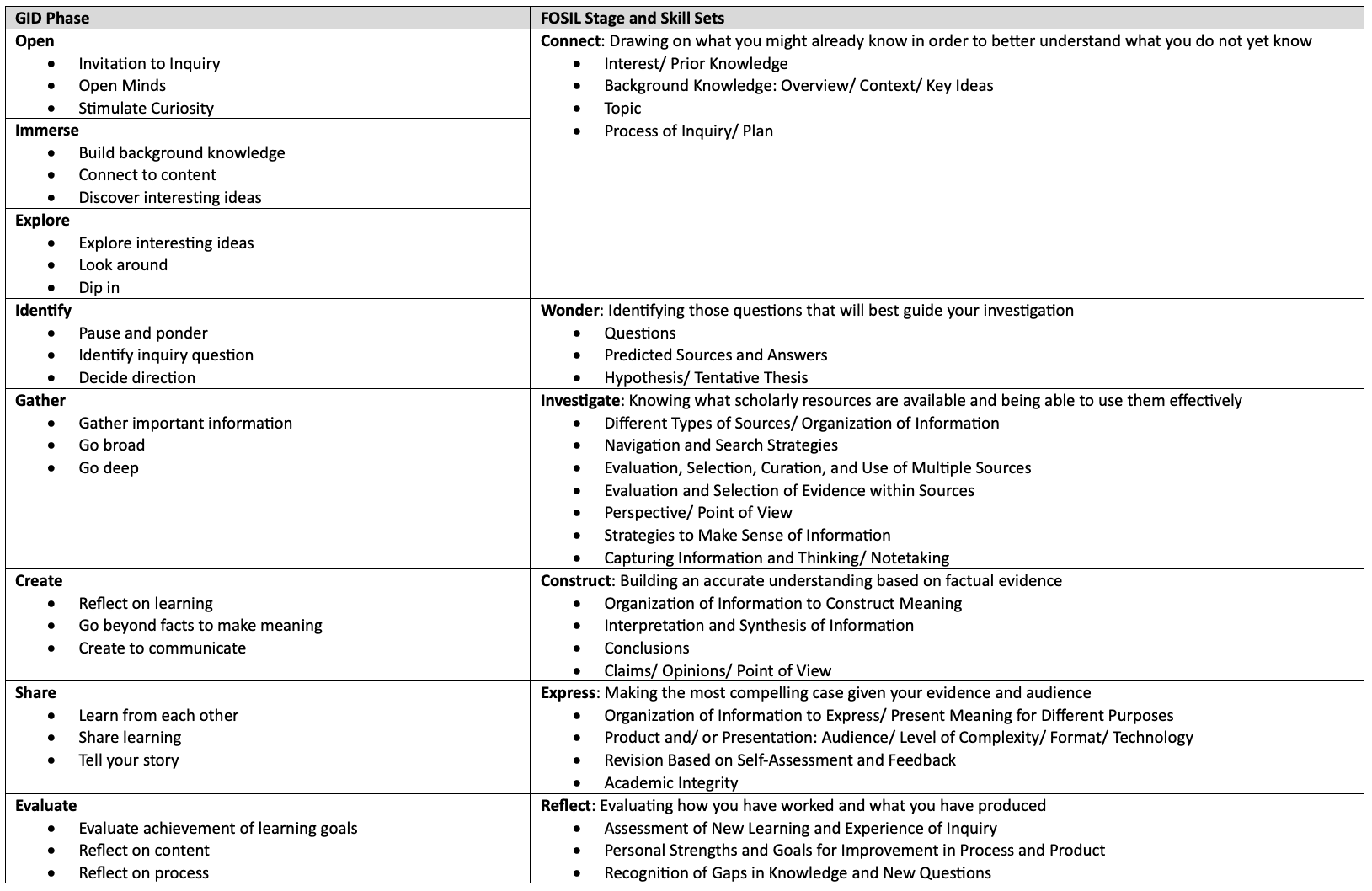
The Connect stage – which covers Open, Immerse and Explore – may be as long or as short as is needed and/ or time permits (which is also the case for the other FOSIL stages). One of the reasons why I based FOSIL on Barbara Stripling’s model/ ESIFC – apart from being available via Creative Commons – is because it outlined the inquiry process more simply at the phase/ stage level without a loss of meaning. At the next level (skill sets in FOSIL), it is clear that Connect covers the same ground as Open, Immerse and Explore, and it is not apparent to me why three distinct phases are necessary.
By “characteristic move from general to particular” being explicit in the GID stages, do you mean “Identify inquiry question” and “Decide direction”? If so, then that seems to me to correspond to all of Wonder.
Connect definitely depends on resources of a general nature, and there is another shift to more specific sources, and then evidence within those sources, in Investigate.
By “expected emotions at Explore and possibly at Create” do you mean those identified in the ISP (confusion, frustration and doubt leading to clarity)? If so, these are implicit at the stage and skill set level in FOSIL, as in GID. Although we initially produced the following reflection on the ISP in relation to FOSIL to help us better understand the inquiry process underlying the IB Diploma Extended Essay, its application is obviously broader and the insight provided by the ISP, which we are very grateful for, informs all of our work (note that the FOSIL colours blend into each other here because we are not suggesting an exact correspondence – in revisiting the ISP/ GID for this post, I have noticed an alignment between the ISP and GID, so this may benefit from further refinement).
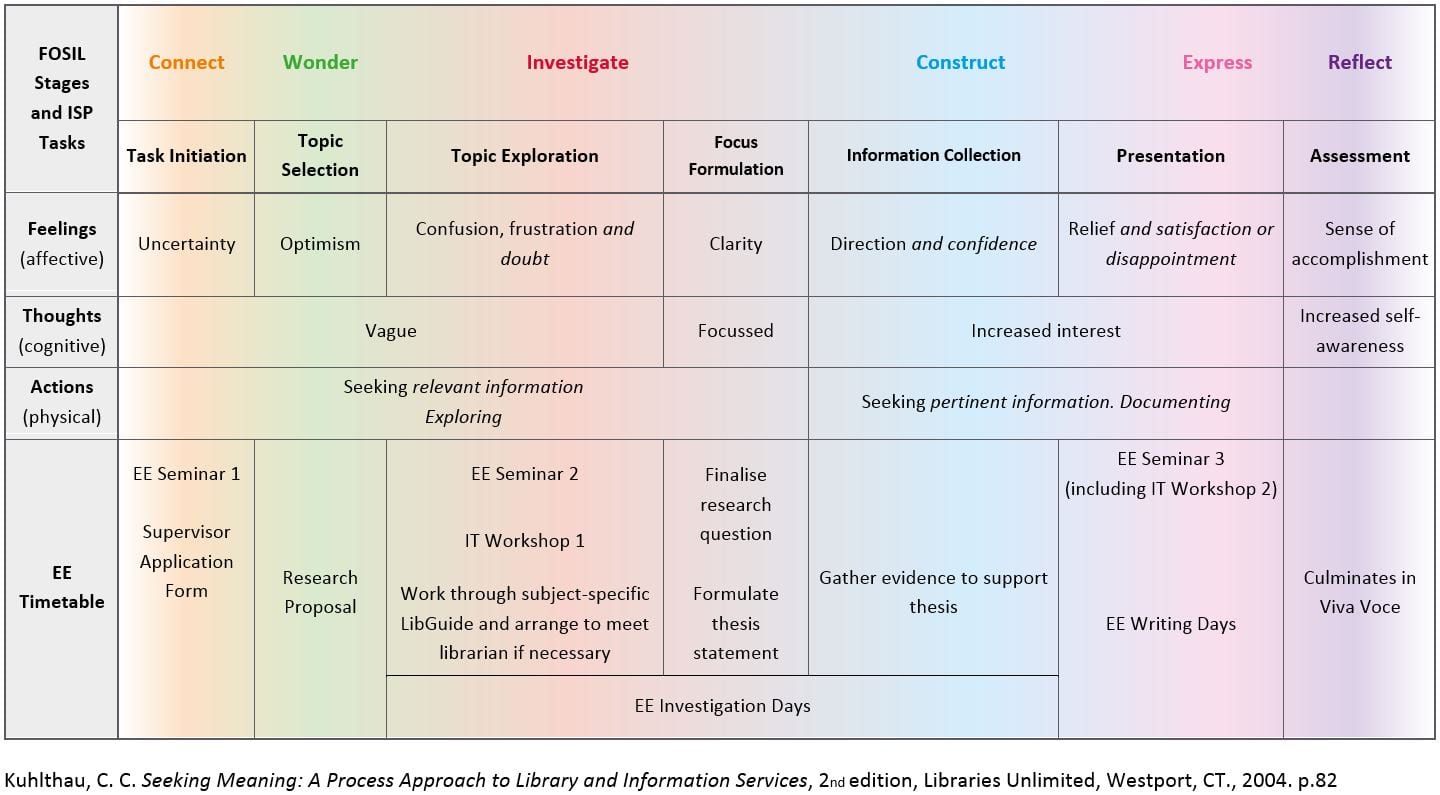
Also, another reason why I based FOSIL on the ESIFC is that there is a more detailed layer than the skill sets, which is the PK-12 continuum of skills, which include but are not limited to the stages in the inquiry process. I will return to this later.
Reflection is integral to the process at every stage and more or less explicit in the descriptions of the FOSIL stages and associated skill sets. This is also reflected in the double-headed arrows between stages, because we may need to revisit one or more stages in the course of an inquiry, which is not a linear process, and I also tried to reflect this in the FOSIL ‘head’ or ‘mind’, which is central to the process, and with unfolding insight borne of reflective thought (see below). I will return to this. Barbara was deliberate in naming the final stage Reflect, and I will see if I recorded my conversation with her about this.

Having spent quite some time discussing the Alberta Model with Dianne Oberg and Jennifer Branch-Mueller (see Focus on Inquiry, and also Dianne’s E&L Memo, Focus on Inquiry: Reflections on Developing a Model of Inquiry), which was heavily influenced by the ISP/ GID, there is no essential difference that I am aware of in the process or underlying skills between robust models of the inquiry process. Having said that, each of model has its relative strengths and weaknesses, and on balance I favoured the body of work reflected in the ESIFC. I will return to this.
I hope that this goes some way towards answering your questions.
Darryl
24th March 2023 at 10:31 pm #79989Hi Lee. It’s a great question, coming as it does from your years of experience of inquiry. It took me a while when I first started with FOSIL to really understand and appreciate the power of the Connect stage. Largely I think because I did not engage as fully as I should have done with the skills and skill sets at the start of my journey with FOSIL, and so did not really appreciate that Connect encompasses the background reading and research that allows that move from general to specific resources and from relevant to pertinent information. Darryl has gone into this in some detail above so I don’t need to revisit it, however I did just want to share some of my journey with the Extended Project Qualification taught course that has a bearing on this. The EPQ is an inquiry-based school leaving qualification equivalent to half an A-level, taken by students in their last two years of school (aged 17-18). It is a 120 hour inquiry project (30 hour taught course plus 90 independent hours) on any topic of the students’ choice. The outcome is either a 5,000 word research report or an artefact accompanied by a research report of at least 1,000 words. More info here. So it is a substantial piece of work.
I think the confusion with Connect comes with much simpler projects with younger students, where the early stages can be a little more truncated if there are time constraints. Where everyone is largely pursuing the same topic from a range of different angles it is possible to connect with a topic through group discussion around simple stimulus resources, gathering keywords and questions together over a relatively short period. For more complex work with older students this is not possible and it is important to give the time and support they need to move from the general to the specific.
There is huge flexibility in the EPQ taught course – although there is guidance, the only firm stipulation is that it should be around thirty hours. In my EPQ taught course we spend six of the thirty teaching hours early in the course working on Connect. You can see my new medium term plan (scheme of work) for this year in this post. The plan both explains what is taught when, and lists the skills being taught and practised at each stage. As you know from your experience with Guided Inquiry, it is so important not to stint on this stage, particularly when students have a great deal of choice and freedom in their topic. Our students sign up for the EPQ in mid October and do not put in their research proposal, with a working question and a few initial resources, until mid January – so Connect and Wonder together last about three months (of a one year course).
Something I have done very intentionally this year, because I felt I was not clear enough last year (in my first year of teaching the EPQ), is to talk explictly with students about the different ways they will use resources in Connect and Investigate, and to introduce them to different types of source at these different stages. This is a slide from one of my lessons early on:
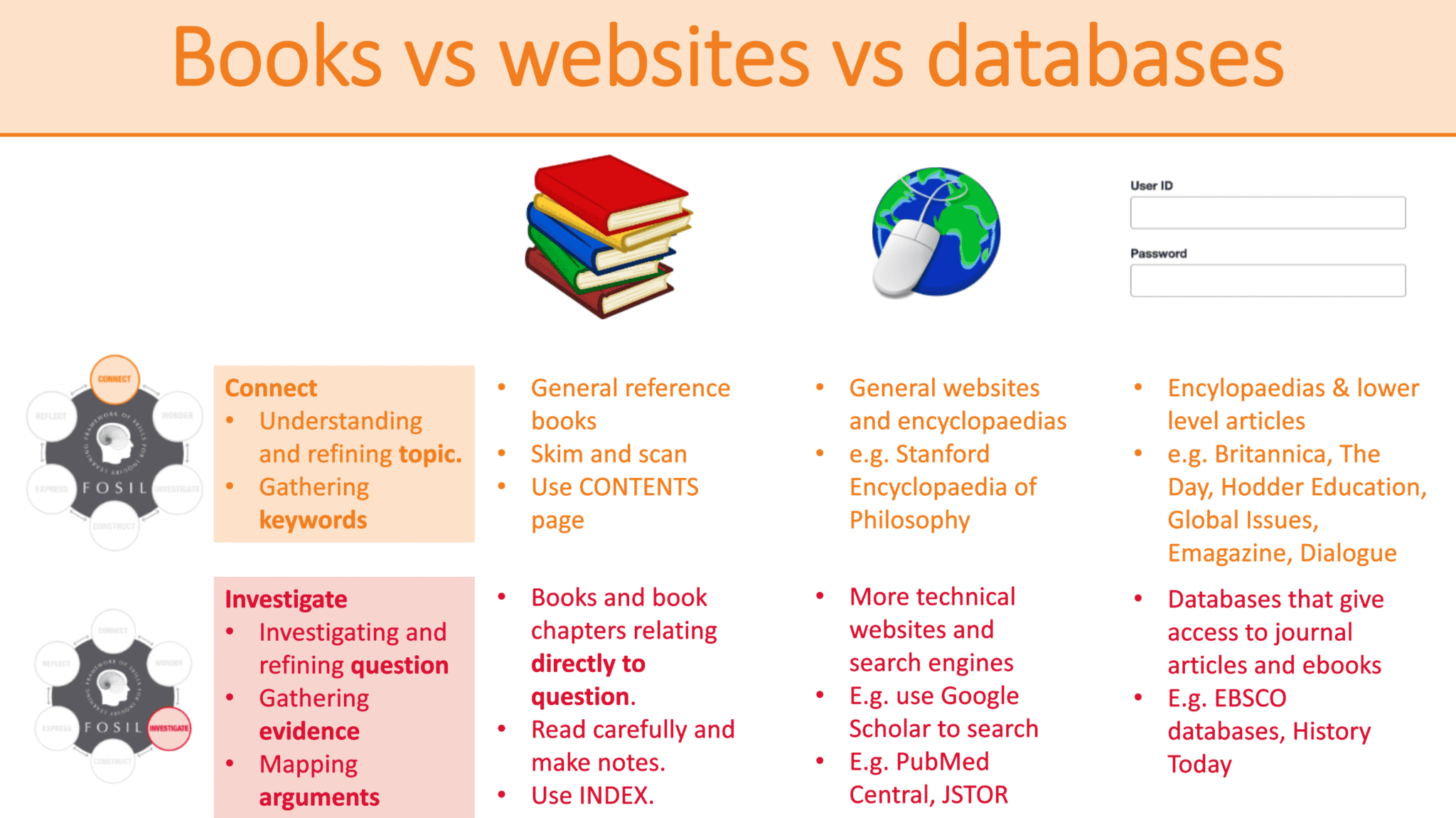
I’m sure this will be very familiar to you and that you did a similar thing in Guided Inquiry, but I just wanted to show that this very much has a place in FOSIL. I am also sure that I could do this better, and appreciate any suggestions!
I have noticed that the extra direction in my lessons at the two different stages has increased my students’ confidence with using resources this year and that they are making a much smoother transition from relevant to pertinent sources.
Finally, I would agree with Darryl that reflection is embedded at all stages of the FOSIL cycle (the resource ‘Inquiry as stance and process‘ from our Resources bank makes that very clear. See image below.). However it is particularly important at the end of an inquiry to spend time looking back holistically at everything you have done (product and process), what you have learnt, where that might take you next and how you will do even better next time. The Reflect stage captures this and (although it is often neglected) is very important and can be very powerful.
25th March 2023 at 7:56 am #79990Hello from Sydney, Australia
I have been using first of all GI, then GID in my K-12 school for about 14 years. This year Lee and I have been discussing the implementation of our New South Wales Information Fluency Framework into our Inquiry process. This is a little similar to what you are doing over there with the ESIFC.
I decided to trial the use of FOSIL when I programmed for an inquiry unit with three Year 5 classes. Lee and I were wondering how this would work – comparing it to using GID on previous occasions.
I found, as has been described above; that the steps do still flow in a similar fashion and that Connect is just a much longer stage than we are used to in using the initial GID steps. I agree that joining the steps makes it easier for students to understand the process. Our Year 5 students are at Investigate and some at Construct and almost ready to Express. I have been adding aspects of GID that I like – Inquiry Circles= and class, group or individual reflections as needed. The process has flowed smoothly and I found that the students seem to understand the process, with its fewer steps, well.
As Jenny mentioned I found I needed different resources at the various stages the same as in GID – with the more general books and sites for the Connect stage and now at Investigate and Construct we are assisting the students to drill down to more specific sites to find specific information as needed. It is not easy with such young students to help everyone at once so we are having the usual challenges and will be making our own reflections at the end.
I will begin collaboratively programming soon for two Year 9 Commerce classes for next term and will use FOSIL for the first time with Secondary students.
25th March 2023 at 3:05 pm #79992Thank you for sharing this, Alinda.
To clarify: your K-12 is the same as American K-12, except that you use Years rather than Grades?
If so, then American and Australian K-12 would be the same as our Reception-Year 13.
This would then also mean that our Year 6 inquiry – Year 6 (Grade 5) Interdisciplinary Signature Work Inquiry @ Blanchelande College – might be of interest if you have not already seen it. This is our most ambitious inquiry yet, and we have much to reflect on as the first iteration draws to a close. Your thoughts on this inquiry would be most welcome. Please do share your Year 5 (US Grade 5 / UK Year 6) inquiry unit in more detail in Inquiry and resource design if time permits. We will also be very interested in your progress with Year 9 (US Grade 9 / UK Year 10), because our opportunities in UK Years 10 & 11 are limited due to pressures of external exams in UK Year 11.
I know that Jenny has more that she will contribute to this discussion, as do I, and we will do so as soon as possible.
26th March 2023 at 5:28 am #79998Hello Darryl and Jenny,
Thank you for the detailed responses to my questions about GID and FOSIL! I think I was right in the middle of changing the unit of work from GID to FOSIL, and I was thinking out loud! I do appreciate your thoughtful replies.
I see that FOSIL does indeed differentiate between the overview type sources needed at the beginning of an inquiry, does refer to expected emotions at Explore, and that reflection is a part of the process throughout.
The table you’ve produced comparing GID with FOSIL is very useful.
The question you ask about why is there a need for three distinct phases of Open/Immerse/Explore, when they are covered in Connect made me think! Open is to tell students about the project, Immerse may be a little different from Connect, in that I believe it to be a teacher-led phase intended at firing enthusiasm in students with exciting content about the topic, pitched at a general level. This is useful in our Explicit teaching Vs Inquiry debate, where it is a way to demonstrate that the two approaches need not be at odds. It can also be a time to have a visiting speaker, or for students to go on a field trip.
So, you are right, probably Open and Immerse could join into one phase.
At Explore, we agree that students investigate general sources about the whole of the task (if the inquiry allows that, i.e. all are studying the same topic). They sample overview sources about the whole topic, leading them to an area of interest, to be nutted out at Identify. I think we are doing the same things!
I think Investigate, Construct, Express are in greater detail than GID and are more helpful at the top level about what’s involved in each of these.
There’s an idea in Share in GID, particularly in those inquiries that focus on one curriculum topic, that at that stage all students will learn a little about the whole topic, by listening to presentations from their peers on other aspects of the topic. Sometimes there is peer evaluation then; and I’ve seen Joanne Bleby, my wonderful colleague at Loreto Kirribilli, then require students to give an impromptu 5 minute speech about the overarching topic, not from the point of view of their inquiry question, thus demonstrating what they’ve learnt about the whole topic and from their peers. I witnessed this a few times, when the topic was the Holocaust, from the point of view of Bystanders, Upstanders, Victims and Perpetrators, and the quality of their involvement with this topic was really touching, and inquiry learning at its best! As you say, Jenny, this doesn’t work in the major projects where everyone has a different topic.
I think your thoughtful replies are demonstrating that we are on the same track! And that FOSIL goes considerably further in defining and illustrating the stages, then linking with ESIFC. And that perhaps some of the techniques in GID, such as inquiry circles, as Alinda says, may be of use to you. (Though I suspect you are probably already doing them as well!)
I look forward to talking to you both tonight. Alinda is coming too!
Lee FitzGerald
27th March 2023 at 8:46 am #80001Hello Jenny and Darryl,
Thank you so much for the Zoom last night. It was very generous of you to spend some of what must be a treasured Sunday morning with us. I think the work you are doing is wonderful, detailed, rigorous, and definitely provides a road map for teachers and teacher librarians to frame, conduct and assess inquiry tasks. I took away these main things:
- Your work is essential for all teachers and teacher librarians (the Australian term for school librarians), for all inquiry teachers.
- There may be a fruitful field for the Australian TL course to be taken on by some UK teachers, interested in inquiry and in a move to the library.
- Because your school librarians are not teachers, they might benefit from learning how to support teachers doing inquiry with e.g. the LibGuides path, an example here, from Brigidine College, St. Ives.
- Considering the NSW Information Fluency Framework , and your opinion that it does not have a total picture of inquiry in mind, I’m thinking about that, and agreeing up to a point, in that I don’t think that was June Wall’s purpose. However, I think it can be aligned to FOSIL, and I tried to do that in the recent issue of ACCESS journal, finding, similarly to your experience, that the impacts of information fluency do lie in those wider competencies you picture in the Portraits of Engaged Learners. But they are included in IFF. You said that Barbara Stripling has drawn them out and away from ESIFC, and is now trying to align them again?
- That may or may not be so! What I am grappling with is how to use IFF outcomes as evidence of student learning encouraged by the teacher librarian, in an inquiry unit that is an open ended Ancient Historical Investigation. The thing is, there are so many elements of IFF involved in a big inquiry task like this one, that it is very difficult to restrain that quantity to something manageable and assessable.
- I’ve downloaded a Word version of Ithoughts this morning, and will play with it!
- I went and looked at Galileo Focus on Inquiry and found it excellent – I particularly like the discipline-based approach to inquiry.
Jenny, thank you for your input here about the EPQ project – it was very interesting to read. We have some major projects in senior years in individual subjects here, and one of the recommendations from a review of the Australian Curriculum was that there may be a similar across the curriculum project like EPQ, but the wheels are moving very slowly on that.
Thank you again for your time, and patience, and we both hope to see you in Rome.
Lee Fitzgerald
27th March 2023 at 1:07 pm #80004Thank you, Lee.
It was a great pleasure for us to spend time with you and Alinda yesterday, and we are very grateful that you were willing to set aside such a generous portion of your evening for us.
Thank you also for your encouraging words – it is difficult at times to maintain perspective.
In responding to your points below, some overlap is inevitable:
- Thank you, and I am grateful to have been given a small part in this important and urgent work that we share.
- The possibility of colleagues accessing the TL course at Charles Sturt University crossed my mid as we were speaking, and I hope that we might explore this possibility further.
- Thank you for the very useful link to Brigidine College’s LibGuide. We were beginning to make good use of our LibGuide at Oakham School, and while we have invested in this here, we have so far lacked the means to develop it beyond basic functionality. I had not considered a LibGuide more broadly in relation to FOSIL/ inquiry, which is a very intriguing thought.
- Your point about the NSW IFF and inquiry is a complex one.
- Firstly, my point about the IFF was that because it is so oriented towards inquiry, and so explicit about the TL’s vital role in realising it, that it would have been helpful if a consideration of the IFF in relation to the inquiry process were included in the document. This is because the inquiry process covers so much of the IFF, and why I consider the work that you are doing in aligning the IFF to the inquiry process to be essential.
- Secondly, I was not suggesting that the entire IFF should have been conceived within the inquiry process, which would not be possible even if it were desirable. This is the same for the full ESIFC. However, the outcome of a process of inquiry is much greater than just the skills that enable the process, and associated subject area learning. This would greatly increase the amount of the IFF that can be aligned to inquiry, if inquiry is understood as both a stance towards and process of learning important content and the broader outcome of that process in terms of the development of the student as inquirer. The challenge, however, is how to reflect this in a meaningful way. This is how our discussion about the definition of inquiry combined with the Portraits of an Engaged and Empowered Inquirer came about (posted below for ease of reference), and what Barbara and I have been discussing for some time.
- This brings us to the question of assessment. This reminds me of work that we were doing at Oakham School to align the IB MYP Approaches to Learning skill categories and skill clusters to the FOSIL inquiry process and skills. What we were eventually able to demonstrate is that a well-designed process of inquiry aligned closely enough at the skill level with the skills in the ATL skill clusters for us to be confident that we were also addressing all the skill categories. This then enabled us to choose in any given inquiry which FOSIL skills in each stage of the inquiry process were most appropriate for that inquiry, and then trace the mapping across from those skills to the corresponding skills in ATL skill clusters, and up into the ATL skill categories. This meant that the unmanageable number of ATL skills, which were also not arranged in a logical learning process, became manageable within the logic of the inquiry learning process, which made the world of difference in practically teaching and assessing them. This may not immediately make complete sense, but if you look at the topic and would like to discuss it further, please ask.
- I’m pleased that you have acquired iThoughts. I am assuming that the FOSIL skill maps that I have created – continuum and priority skills, and priority skills – on a Mac would work equally well on Windows. If so, and if it would be helpful, I will happily send you these files.
- The GEN site was and remains incredibly helpful to me. A key GEN reference is Gordon Wells, and if you have not already come across the following and can obtain it, I highly recommend it: Wells, G. (2001). The Case for Dialogic Inquiry. In G. Wells (Ed.), Action, Talk, & Text: Learning and Teaching Through Inquiry (pp. 171-194). New York, NY: Teachers College Press.
- Hopefully something like the EPQ will emerge from the review.
We continue to wait patiently with you for news about Rome.
Darryl
—
Definition of inquiry PLUS inquiry process (plus skill sets and PK-12 framework of skills) PLUS outcome of the process of inquiry over time equals…
Inquiry is a stance of wonder and puzzlement that gives rise to a dynamic process of coming to know and understand the world and ourselves in it as the basis for responsible participation in community.
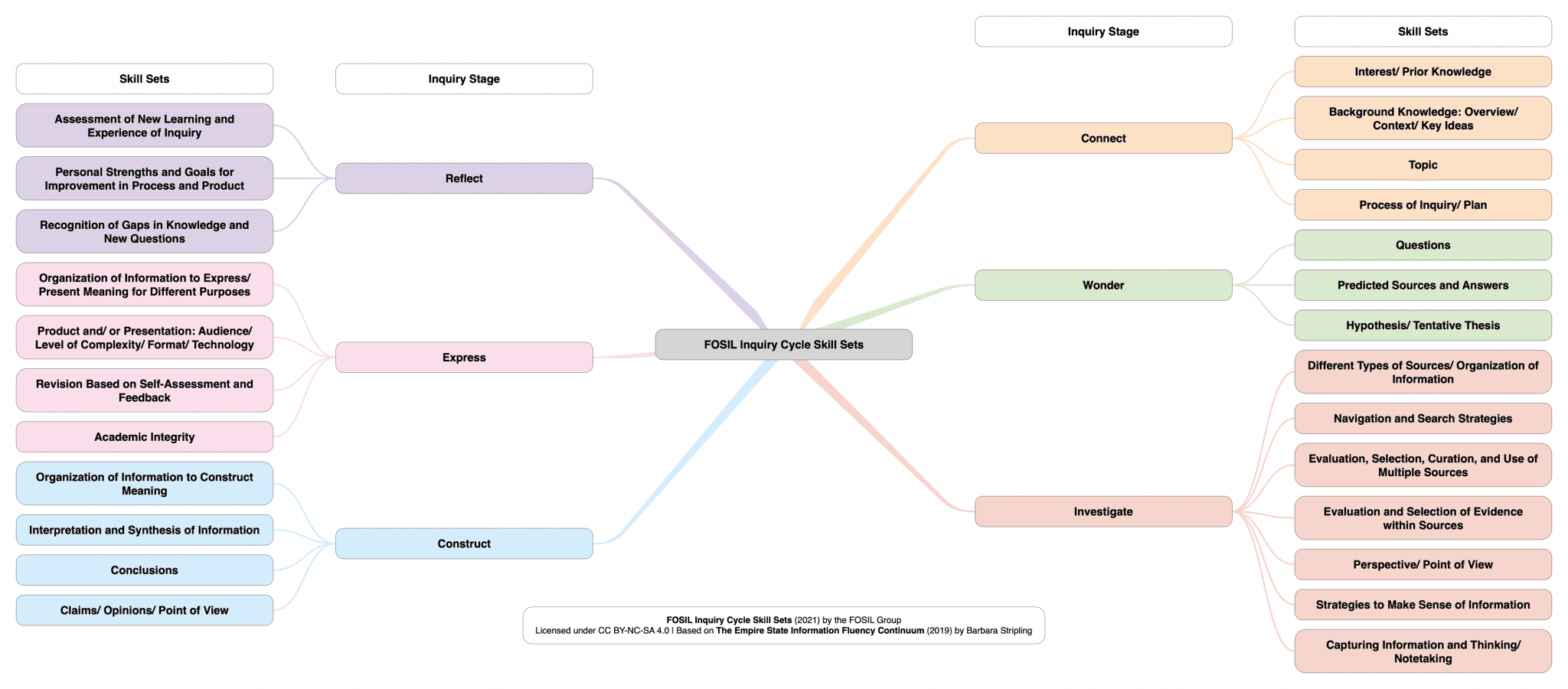
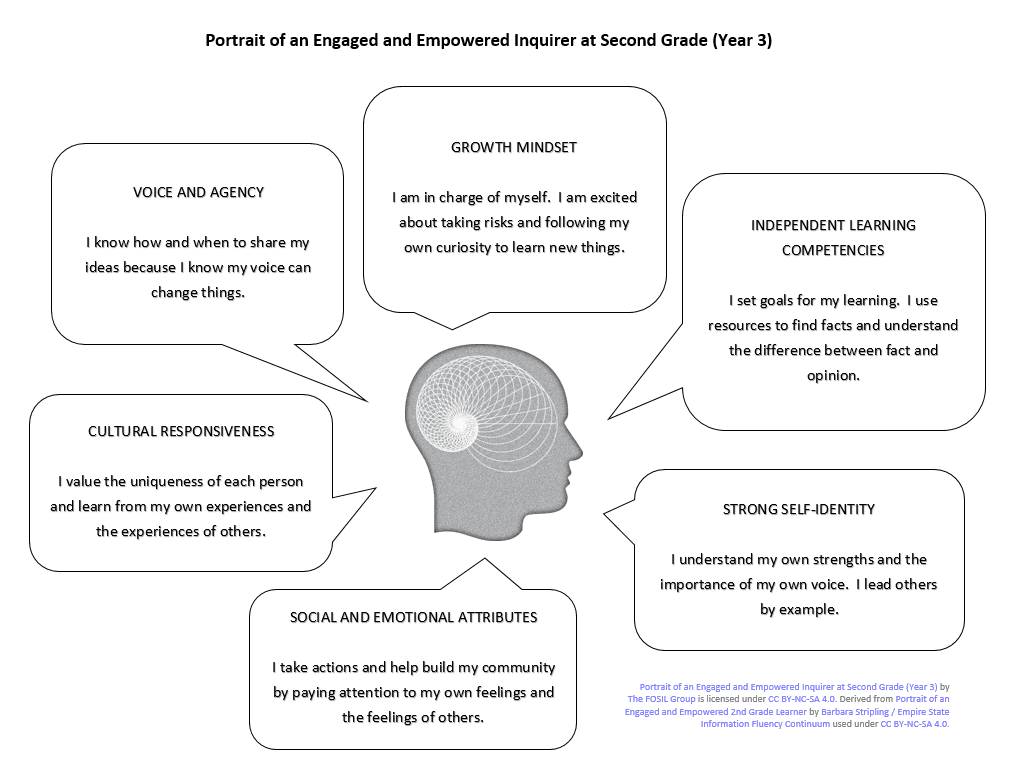
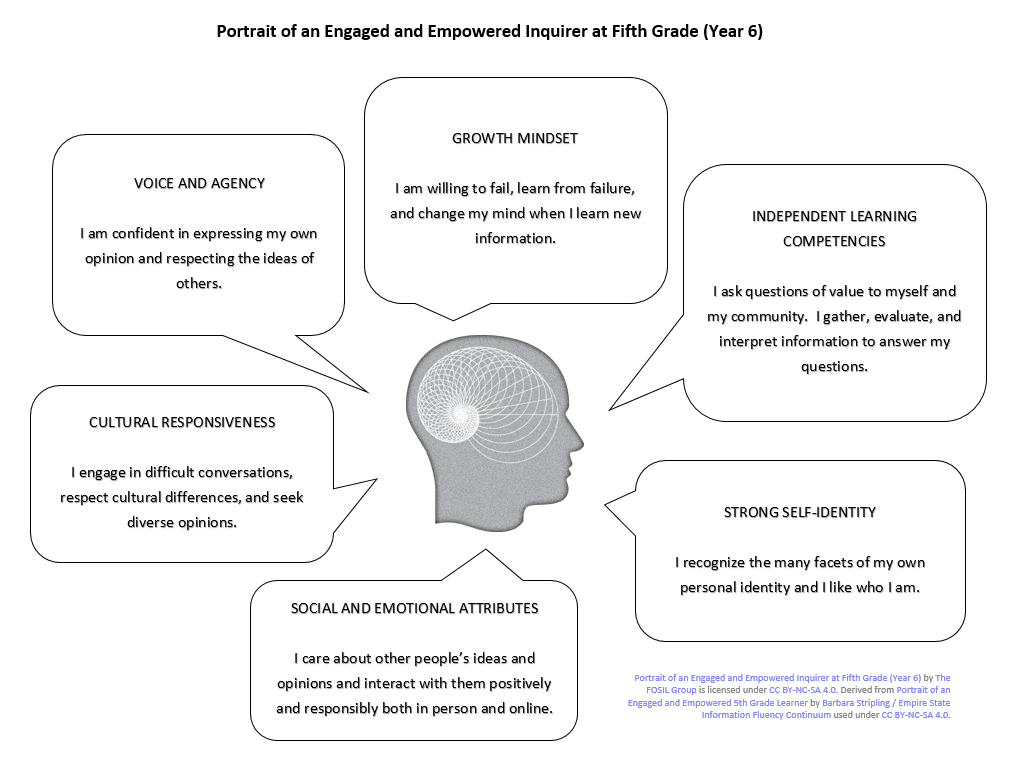
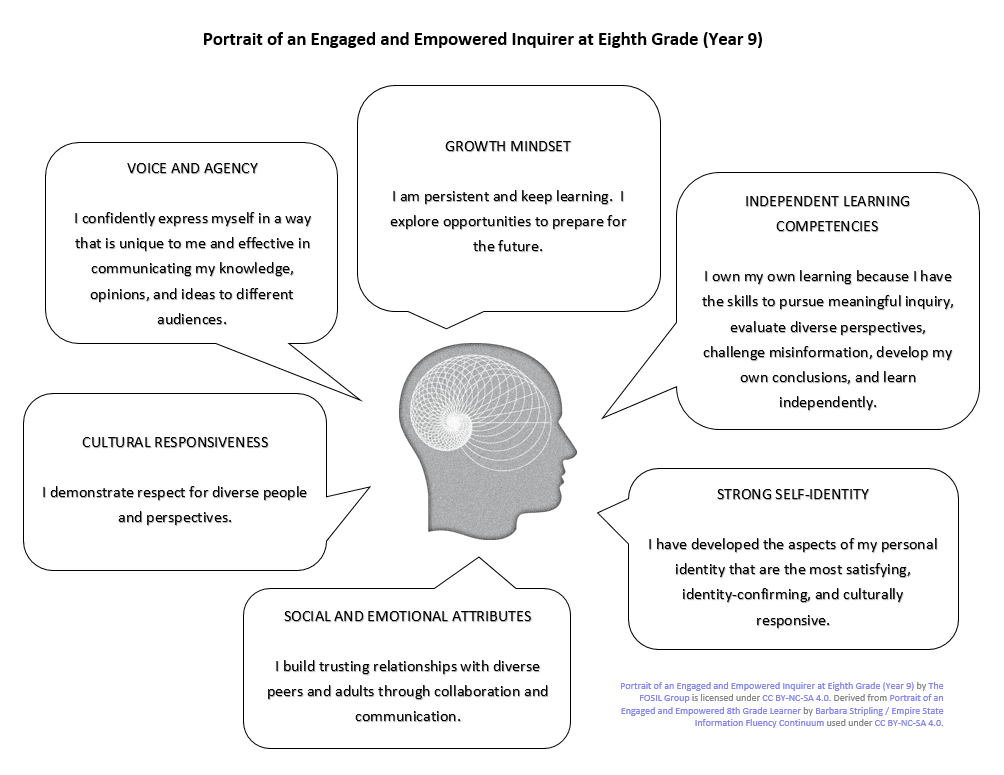

-
AuthorPosts
- You must be logged in to reply to this topic.
